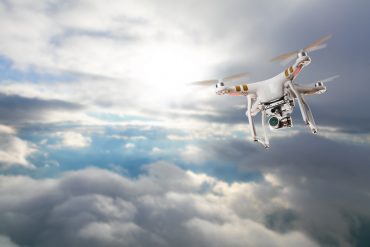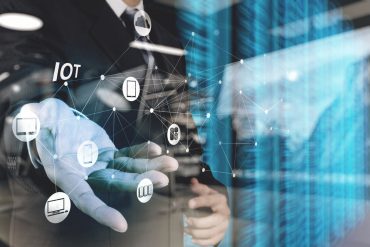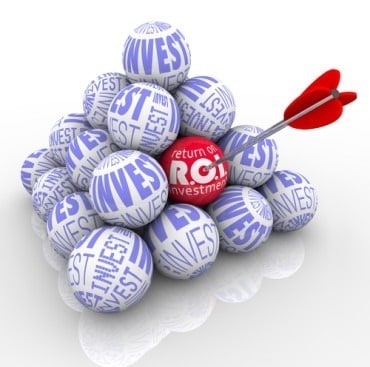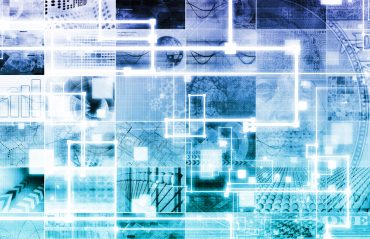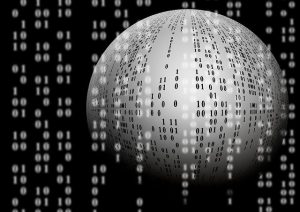
Realizing the full promise of digital twins may require integrating systems and data across entire organizational ecosystems.
Imagine being able to work out production issues and workflow changes virtually before imposing changes on your organization. Close to six out of ten CIOs responding to a recent Gartner survey either have or are prepping their organizations to support digital twins, which replicate potential and actual physical assets, processes, people, places, systems, and devices. At least 21% have already deployed some form of digital twins, while another 38% are engaged in one- to three-year planning stages to deploy digital twins.
See also: Digital Twin Market to See Tenfold Growth in Next 5 Years
However, realizing the full promise of digital twins may require integrating systems and data across entire organizational ecosystems. That’s the conclusion of a report from Deloitte. Bad data, measurement challenges, and even simply overdoing things may make it difficult to accurately replicate physical assets, the report’s authors, led by Adam Mussomeli of Deloitte, caution.
The Deloitte team identified some of the potential ways digital twins are being implemented across industries:
- Automotive and aircraft manufacturers: “Essential tools for optimizing entire manufacturing value chains and innovating new products.” In the case of aircraft engines, they may “have thousands or tens of thousands of sensors, generating terabytes of data every second. Combined with digital twins, machine learning, and predictive models, manufacturers are providing recommendations to help pilots optimize fuel consumption, help maintenance be proactive, and help fleets manage costs.”
- Energy: “Field service operators are capturing and analyzing massive amounts of in-hole data that they use to build digital models that guide drilling efforts in real time.”
- Health care: “Cardiovascular researchers are creating highly accurate digital twins of the human heart for clinical diagnoses, education, and training.”
- Smart cities: “Singapore uses a detailed virtual model of itself in urban planning, maintenance, and disaster readiness projects.”
Building an accurate digital twin is not an overnight process. The Deloitte team points to the three areas of challenge to implementing digital twins:
- Bad data: “The AI and machine learning algorithms that power digital twins require large volumes of data,” Mussomeli and his co-authors warned. “In many cases, data from the sensors on the production floor may have been corrupted, lost, or simply not collected consistently in the first place.” The Deloitte report advises “taking steps to develop the necessary infrastructure and data management approach now can help shorten your time to benefit.”
- Measuring processes: “Even in cases where digital twin simulations are being created for new processes, systems, and devices, it’s not always possible to perfectly instrument the process,” the Deloitte team warns. “Organizations need to look to proxies — for example, relying on the instrumentation and sensors in a vehicle rather than putting sensors into tires — or things that are possible to detect.”
- Determining the right balance of sensors: “With the cost of sensors dropping, how many sensors is enough?” the researchers ask. “Balancing the cost/benefit analysis is critical. Most use cases require only a modest number of strategically placed sensors to detect key inputs, outputs, and stages within the process.”
While there are obstacles, the Deloitte researchers are proponents of the unprecedented potential benefits digital twins bring to enterprises. “A perfect digital copy of the physical world would enable you to collaborate virtually, intake sensor data and simulate conditions quickly, understand what-if scenarios clearly, predict results more accurately, and output instructions to manipulate the physical world.” That’s a value proposition worth exploring.




